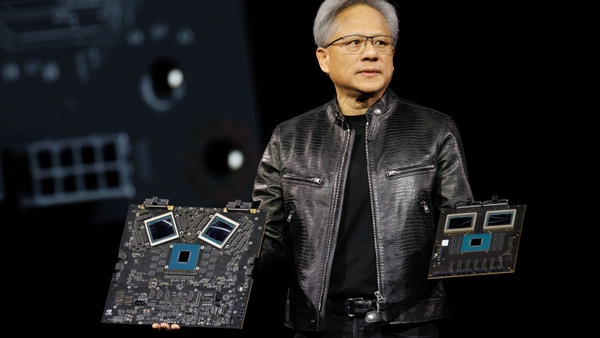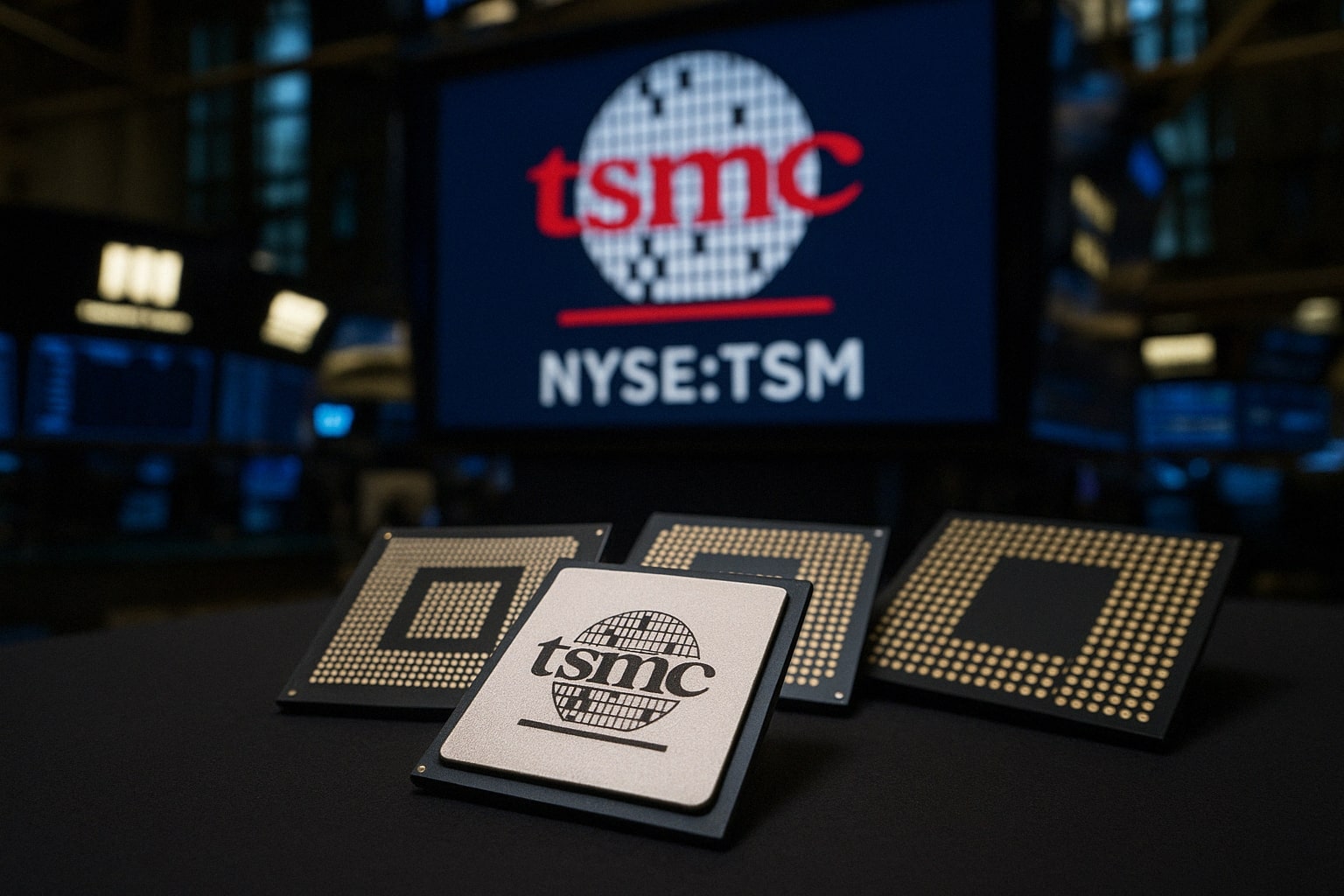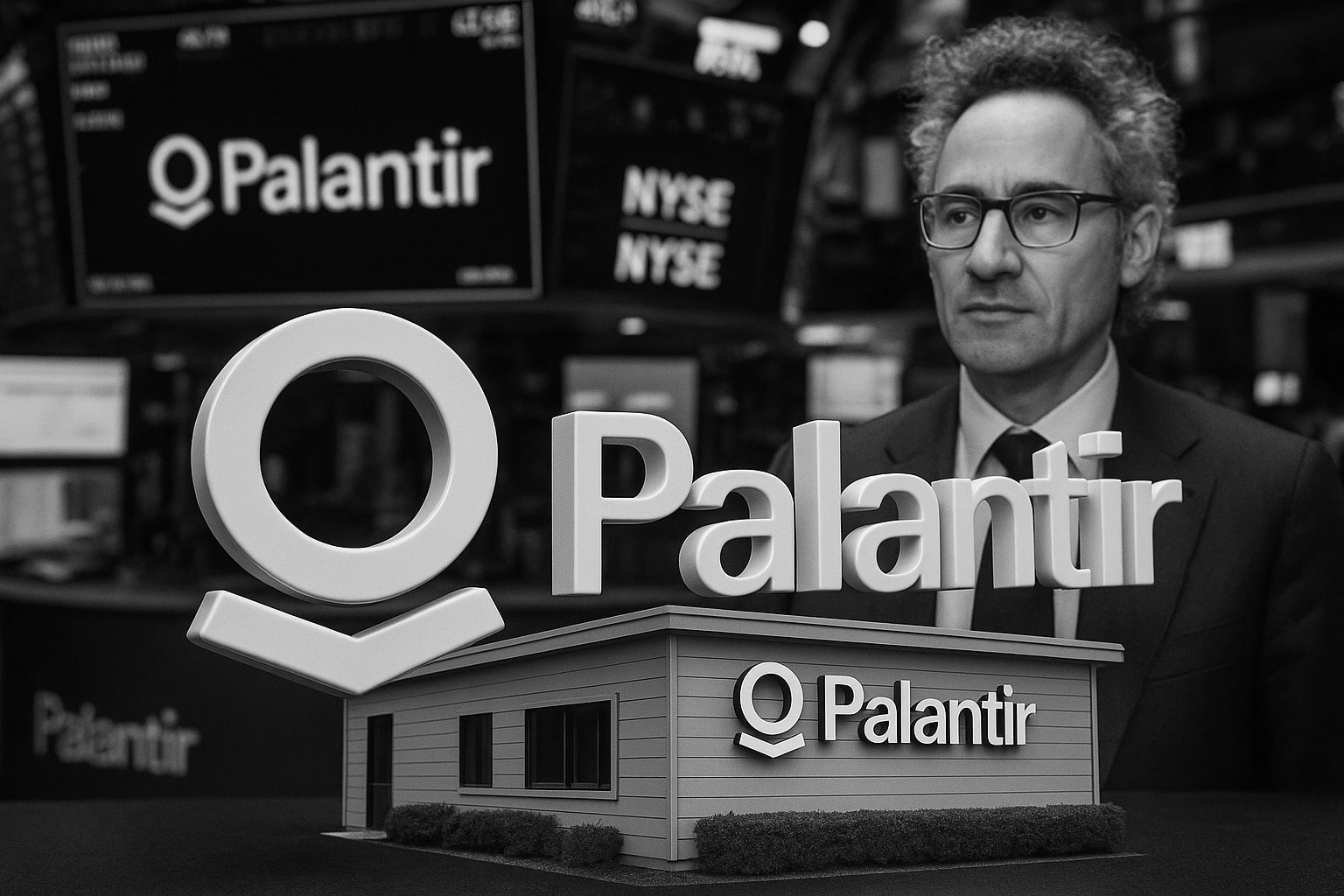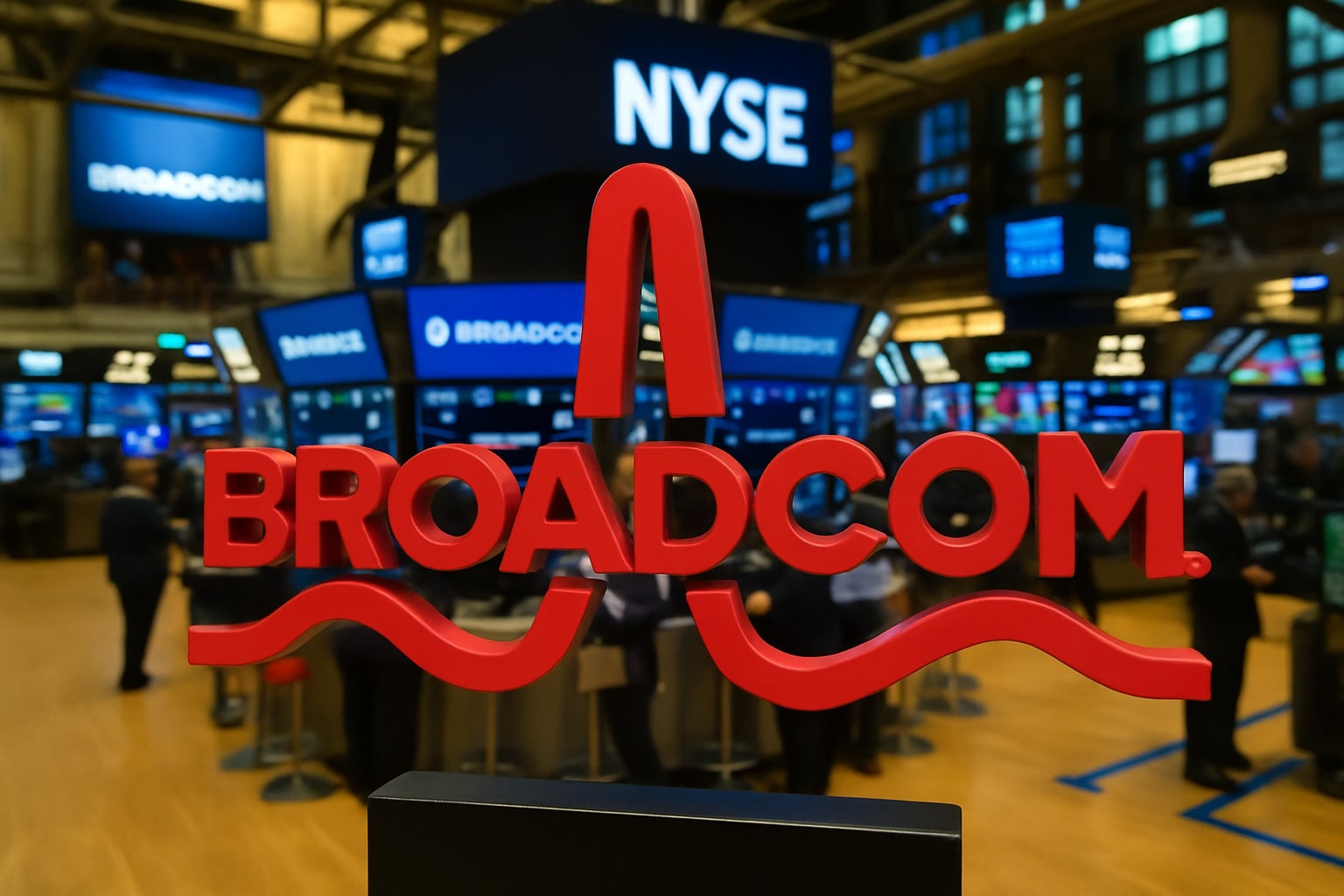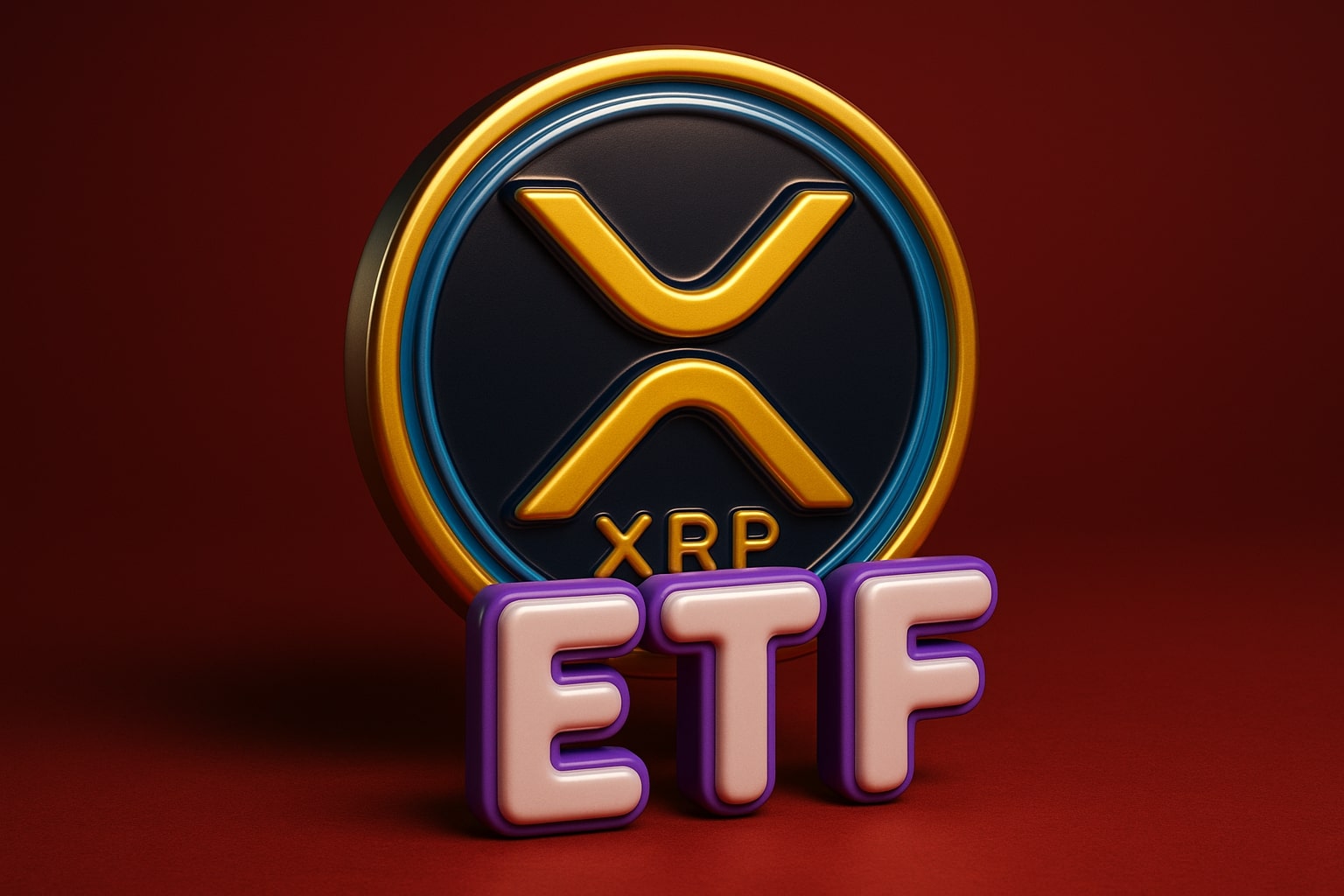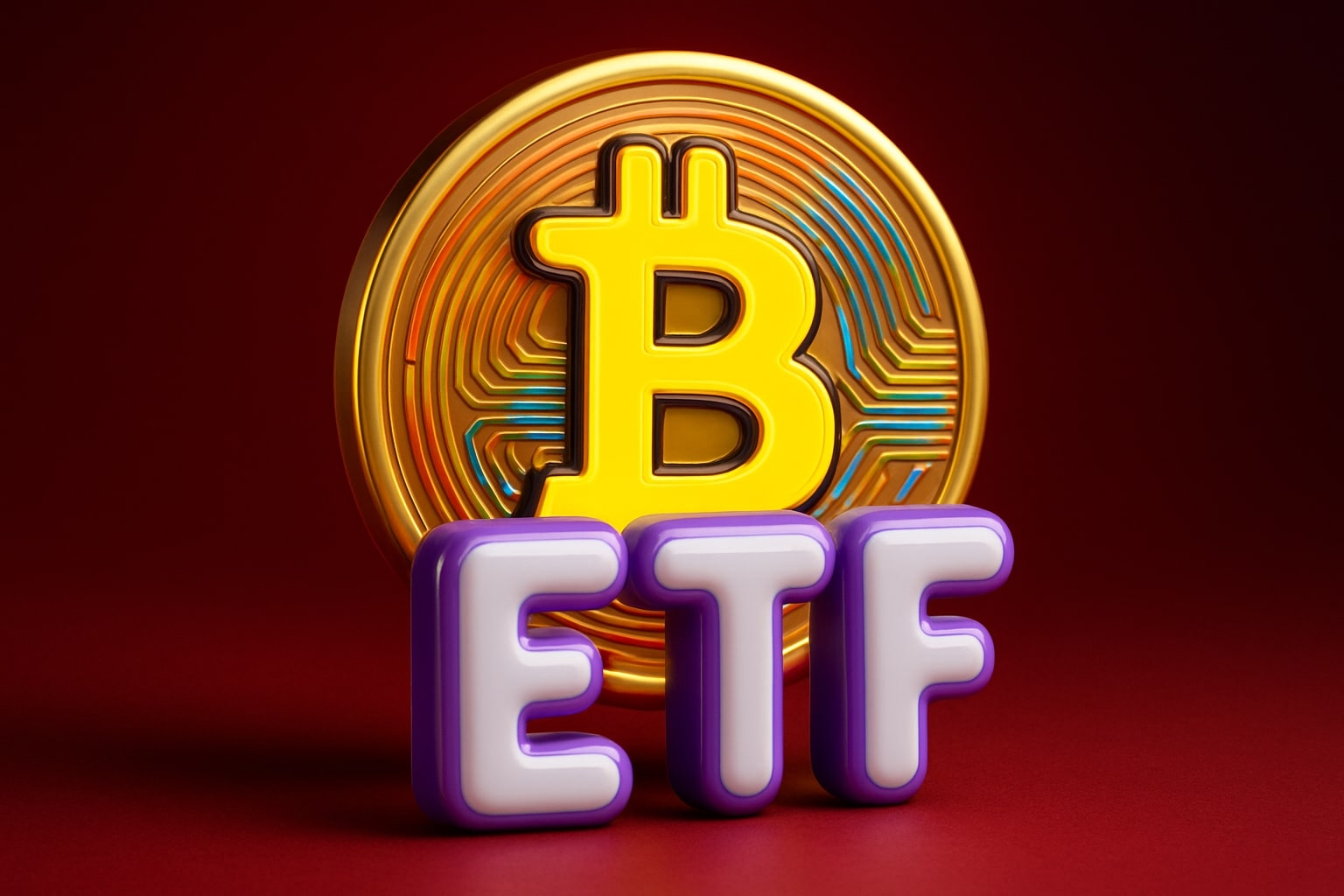NYSE:TSM Surges on AI Demand—But Is This Just the Beginning of Taiwan Semiconductor’s Next Supercycle?
Q1 Earnings Reveal Explosive Growth in Advanced Nodes for NYSE:TSM
Taiwan Semiconductor Manufacturing Company (NYSE:TSM) posted a Q1 revenue of $25.78 billion, soaring 41% year-over-year, with EPS of $2.12—crushing expectations and confirming the company’s iron grip on AI-driven foundry demand. The 3nm node alone contributed 22% of wafer revenue, up from 15% in Q4, while advanced nodes overall made up a staggering 73% of total revenue. The gross margin held impressively at 58.8%, barely impacted by the magnitude 6.4 earthquake that hit Taiwan during Lunar New Year. This level of margin strength amid natural disruption and macro noise speaks to operational discipline and pricing leverage that most competitors simply can’t match. High-performance computing (HPC)—fueled by AI accelerators—has now grown to 59% of total revenue, up from 46% a year ago, a full 13 percentage point swing that underscores how central TSMC is to the entire AI value chain. Demand from names like Nvidia, AMD, and Apple continues to funnel through TSMC’s cutting-edge fabs, making it the indispensable backbone of the generative AI explosion.
Q2 Forecast Signals Even More Acceleration for NYSE:TSM
Management guided Q2 revenue between $28.4 billion and $29.2 billion—an expected 13% sequential increase—alongside stable gross margins between 57% and 59%. Capital expenditure remains locked in at $38–$42 billion for FY2025, with nearly 70% targeting advanced nodes. This aggressive CapEx shows no signs of a pullback, even with rising geopolitical risks and U.S. tariff uncertainty. This sends a clear signal: customers are not delaying orders, and the AI silicon supercycle is not slowing. TSMC’s consistency in maintaining guidance while peers stumble or sandbag shows unmatched visibility into future demand. That confidence extends to profitability: management reiterated their long-term 53%+ gross margin goal, even while conceding that overseas fabs may dilute gross margin by 3–4% over time.
U.S. Investment Shift Reshapes Strategic Risk for NYSE:TSM
With a $165 billion investment in Arizona including three advanced fabs, two packaging facilities, and a new R&D hub, TSMC is no longer just Taiwan’s chip fortress. About 30% of next-gen 2nm capacity will sit on U.S. soil. Strategically, this transformation is profound. By redistributing cutting-edge production outside Taiwan, the company both strengthens supply chain redundancy and complicates geopolitical calculus. A U.S.-based manufacturing footprint offers partial protection from cross-Strait instability—but paradoxically, it could also make Taiwan less essential to Western tech infrastructure, potentially weakening strategic urgency in a crisis scenario. Still, TSMC has no intention of ceding technological sovereignty: there are zero plans for joint ventures or IP transfers. This protects the company’s crown jewel—its execution edge and proprietary process tech—and sets it apart from legacy U.S. competitors like Intel (INTC), which continue to flounder in advanced node execution.
NYSE:TSM Still Dominates Global Foundry Market With Wide Moat
Market share confirms what fundamentals scream: Taiwan Semiconductor Manufacturing isn’t just the largest foundry—it’s pulling away. Q4 2024 data showed a 2.4 percentage point gain in market share, lifting TSMC to 67.4% while Samsung slipped to just 8.1%. No competitor comes close. This overwhelming dominance allows TSMC to dictate process roadmap timelines and maintain pricing power across AI, mobile, automotive, and IoT verticals. The company isn’t just benefitting from secular AI tailwinds—it’s the axis around which the entire AI chip economy spins. With Gartner projecting a 76.4% surge in global generative AI spending this year to $643.9 billion, TSMC’s 5nm and 3nm fabs will remain capacity-constrained for the foreseeable future. No matter what competitors promise, TSMC owns the process technology and yield maturity to meet demand.
Valuation Case for NYSE:TSM—Massively Mispriced for Dominance
Despite leading the world in advanced node manufacturing, NYSE:TSM trades at just 14.3x forward P/E—shockingly low for a company growing earnings 60% year-over-year and capturing an ever-larger share of a structurally expanding TAM. With FY2026 EPS consensus at $10.62, a modest re-rating to a 20x multiple yields a fair value target of $212 per share. That’s 40% upside from current levels, not accounting for upside surprises if generative AI spend eclipses expectations. Compared to Nvidia at 18.3x forward earnings and AMD at 14.3x, TSMC is cheaper despite superior scale, execution, and monopoly-like share in leading-edge nodes. For a foundry critical to U.S. and global tech infrastructure, this valuation borders on irrational. At a $212 target, the stock would still be trading below Apple and Nvidia on PEG and cash flow basis. The market is still discounting geopolitical fear far more than it is pricing in generational demand.
Tariff Overhang Creates Noise but Not Fundamental Weakness for NYSE:TSM
Yes, the threat of tariffs and export controls remains. AMD already warned of an $800 million revenue hit. Nvidia suggested $5.5 billion could be at risk. But TSMC—unlike those fabless chip designers—is the foundry at the heart of both firms’ production chains. Restrictions may shift manufacturing timelines or product routes, but they’re unlikely to materially dent TSMC’s long-term earnings power. Moreover, by preemptively moving critical capacity to U.S. soil and continuing to expand its Singapore and Japan operations, TSMC is outmaneuvering policy risk before it strikes. Management’s reiteration of full-year guidance despite this global uncertainty proves they see no order slippage or backlog erosion—at least not yet.
NYSE:TSM’s Technicals and Macro Sentiment Lag Execution—Creating an Entry Point
Despite flawless execution, the market continues to penalize the entire semiconductor sector. The stock trades heavy. Capital rotation is favoring defensives and cash flow compounds. This is not about TSMC's business—it’s about macro fear, index flows, and buyers sitting on the sidelines. In a market where there's no clear marginal buyer for chip names, even great prints like TSMC’s Q1 can’t lift the stock. This pattern mirrors the 2022 cycle when TSMC shares fell even as earnings grew, only to rally later when sentiment bottomed. Today, forward multiples are already compressed. The setup is ideal: earnings are accelerating while the stock price lags. That’s exactly the kind of asymmetry long-term buyers seek.
Foundry Dependence and AI Silicon Demand Make NYSE:TSM a Structural Winner
TSMC is no longer a cyclical name reacting to handset sales or PC volumes. The foundry has embedded itself into the structural backbone of AI infrastructure. Companies like Nvidia, AMD, Apple, Qualcomm, and Amazon Web Services cannot scale AI deployments without TSMC capacity. Whether it's 3nm today or 2nm in 2026, the roadmap runs through Taiwan—and increasingly, Arizona. With $8 billion in Q1 net income and gross margins pushing 59%, this is a machine of efficiency and scale. Its control over high-mix, high-yield production is unmatched. The firm’s dominance in extreme ultraviolet (EUV) lithography alone makes it irreplaceable in advanced logic nodes.
Decision: NYSE:TSM Is a High-Conviction Buy with $212 Target and 40% Upside
At $151.65 per share as of the latest close, NYSE:TSM is trading far below intrinsic value based on earnings power, margin durability, and AI-led top-line growth. With a $212 price target based on 20x FY26 EPS and visibility that rivals any large-cap globally, Taiwan Semiconductor remains a deeply compelling long-term investment. The geopolitical risk is real, but it's overstated relative to the company’s adaptive strategy and distributed manufacturing shift. There’s no other business on Earth better positioned to monetize the AI wave at scale—and the market hasn’t caught up to that reality yet. You can track the real-time stock price here: NYSE:TSM Real-Time Chart and monitor insider transactions on TSM Insider Profile. The stock is a strong buy.












